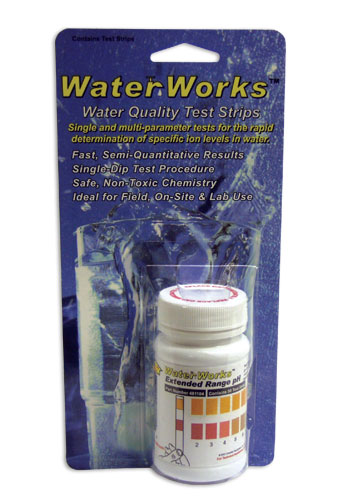The term pH refers to the concentration of hydrogen ions in water. Measured on a scale of 0 to 14, neutral water has a pH of 7, acids have a pH of less than 7, and bases have a pH greater than 7.
While the desired pH for drinking water typically hovers around 7.0, the acceptable range for the pH of drinking water is between 6.5 and 8.5.
Why Does pH Matter?
Water with low pH tends to corrode metals. This can lead to premature wear and tear on plumbing fixtures and more importantly, it also means the water may now contain potentially harmful metals such as lead, copper, iron, etc.
Water with a high pH can leave deposits and cause sanitizers/disinfectants like chlorine to not work as well as they would in water with a lower pH.
Acids and Bases in the Real World?
Many popular drain cleaners make use of a very strong base called NaOH (sodium hydroxide). Other common bases in everyday life include baking soda and ammonia.
Common acids in everyday life include soda, vinegar and lemon juice.
Mixing Acids and Bases?
In a nutshell, DON’T DO IT! Depending upon the concentrations and relative pH values of the compounds you mix, a violent and sometimes explosive, reaction may occur.
How Does One Measure pH?
Test strips such as pH Check work very well for this application and require users to simply compare the color on the test pad to a color chart. Other methods for testing pH require the use of pH meters. Although typically more accurate than pH test strips, pH meters require calibration and frequent cleaning of thin glass membranes and/or metallic probes.






